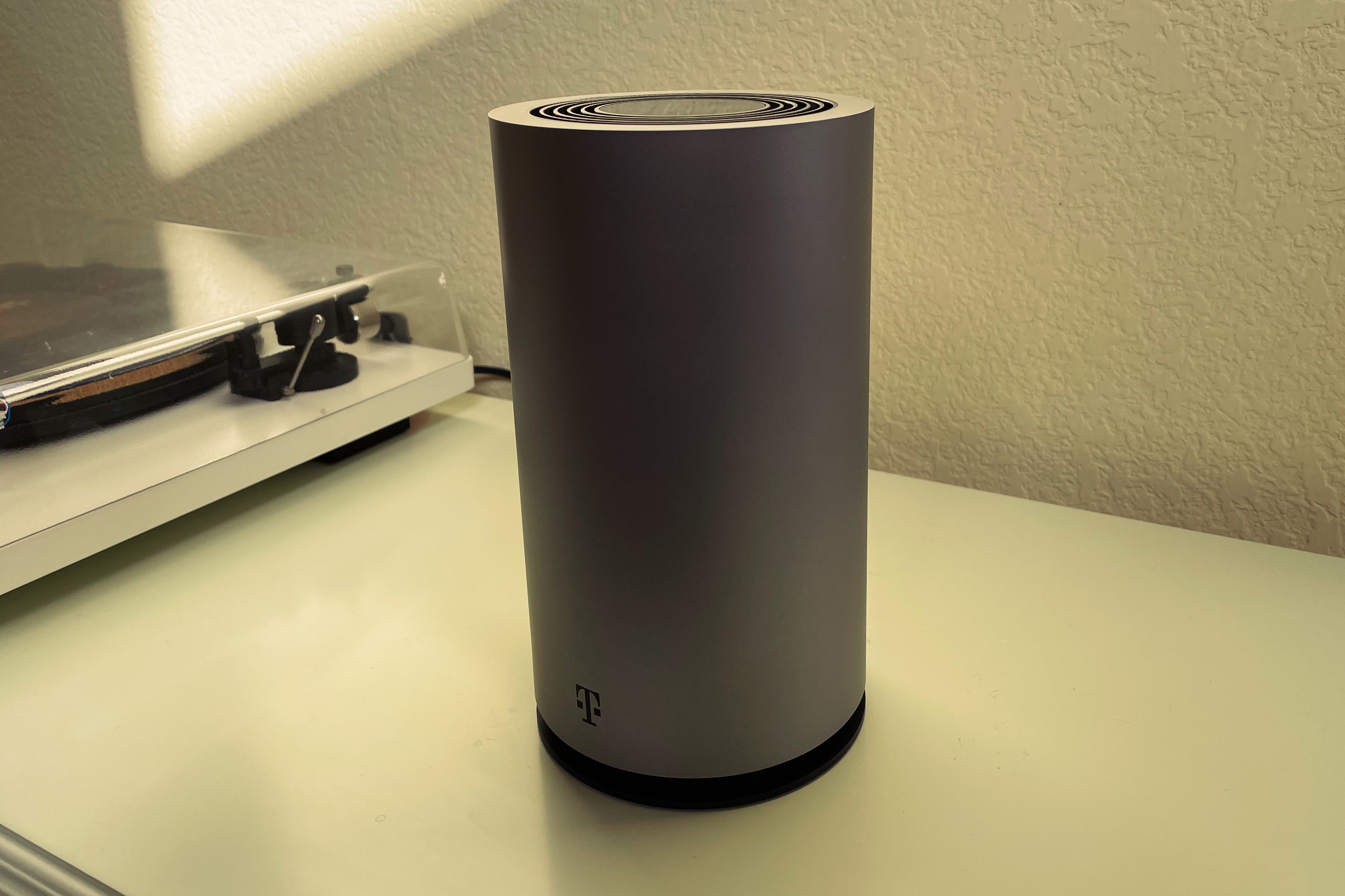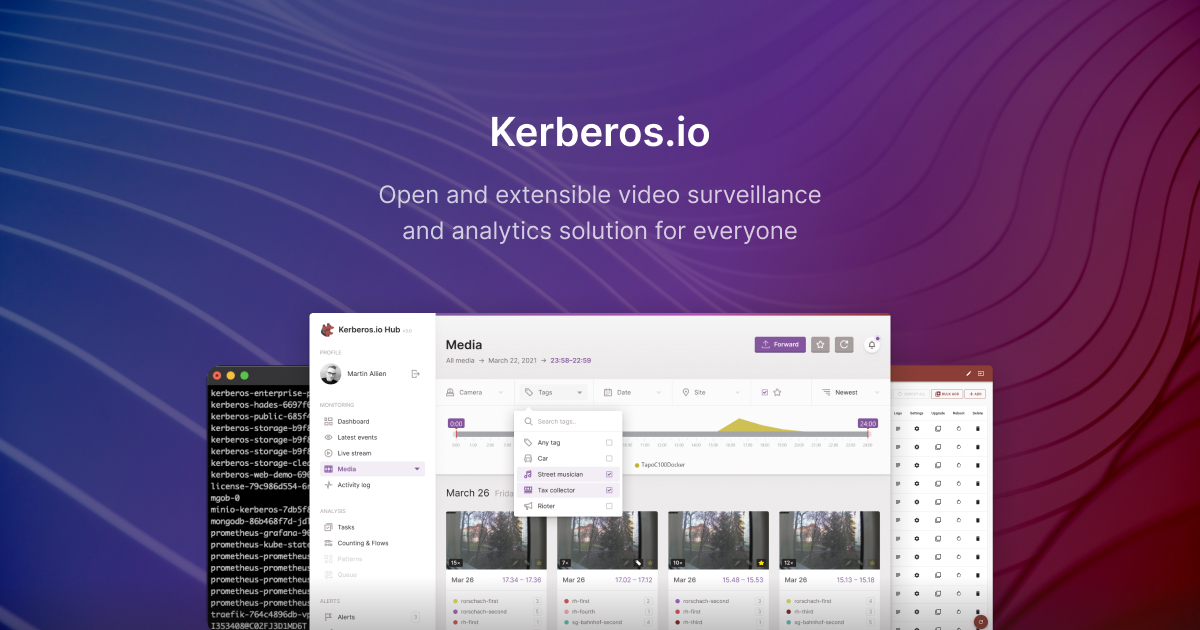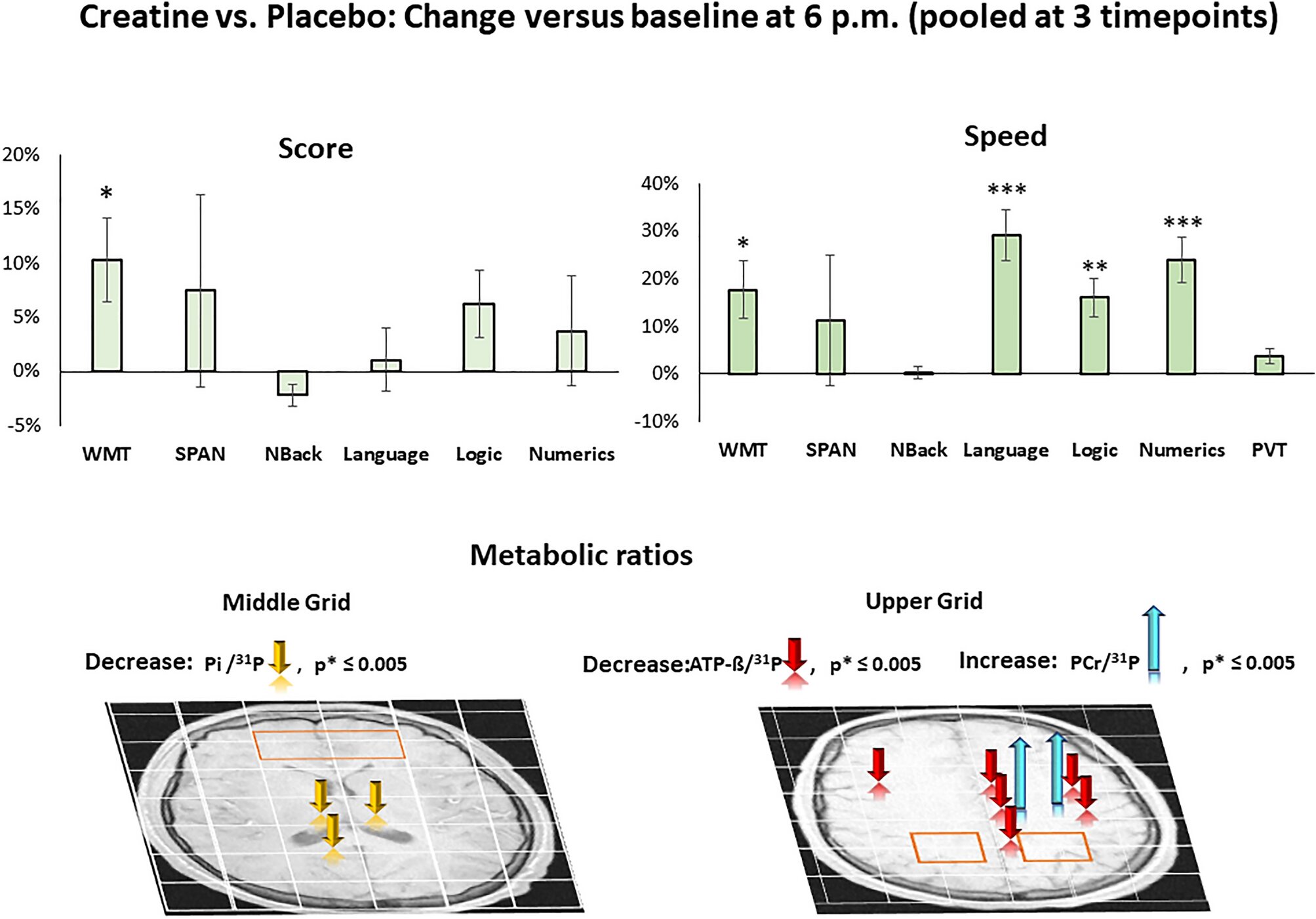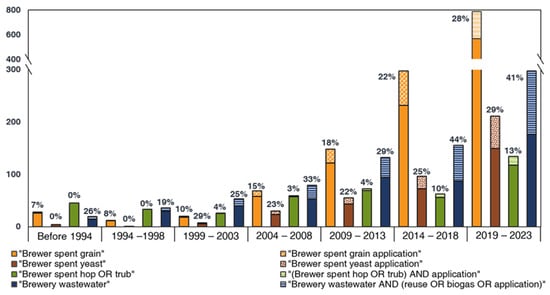IP over Avian Carriers
In computer networking, IP over Avian Carriers (IPoAC) is a proposal to carry Internet Protocol (IP) traffic by birds such as homing pigeons. IP over Avian Carriers was initially described in RFC 1149, a Request for Comments (RFC) issued by the Internet Engineering Task Force (IETF), written by D. Waitzman, and released on April 1, 1990. It is one of several April Fools' Day Request for Comments.
Waitzman described an improvement of his protocol in RFC 2549, IP over Avian Carriers with Quality of Service (1 April 1999). Later, in RFC 6214—released on 1 April 2011, and 13 years after the introduction of IPv6—Brian Carpenter and Robert Hinden published Adaptation of RFC 1149 for IPv6.[1]
IPoAC has been successfully implemented, but for only nine packets of data, with a packet loss ratio of 55% (due to operator error),[2] and a response time ranging from 3,000 seconds (≈50 minutes) to over 6,000 seconds (≈1.77 hours). Thus, this technology suffers from poor latency. Nevertheless, for large transfers, avian carriers are capable of high average throughput when carrying flash memory devices, effectively implementing a sneakernet. During the last 20 years, the information density of storage media and thus the bandwidth of an avian carrier has increased 3 times as fast as the bandwidth of the Internet.[3] IPoAC may achieve bandwidth peaks of orders of magnitude more than the Internet when used with multiple avian carriers in rural areas. For example: If 16 homing pigeons are given eight 512 GB SD cards each, and take an hour to reach their destination, the throughput of the transfer would be 145.6 Gbit/s, excluding transfer to and from the SD cards.
On 28 April 2001, IPoAC was implemented by the Bergen Linux user group, under the name CPIP (for "Carrier Pigeon Internet Protocol").[4] They sent nine packets over a distance of approximately five kilometers (three miles), each carried by an individual pigeon and containing one ping (ICMP Echo Request), and received four responses.

/cloudfront-us-east-2.images.arcpublishing.com/reuters/NSYWHTSXJVKJ5FGXAKKI66ZVF4.jpg)







/cdn.vox-cdn.com/uploads/chorus_asset/file/24801728/Screenshot_2023_07_21_at_1.45.12_PM.jpeg)












